Cold packs and moist heat compresses may help with Hidradenitis Suppurativa
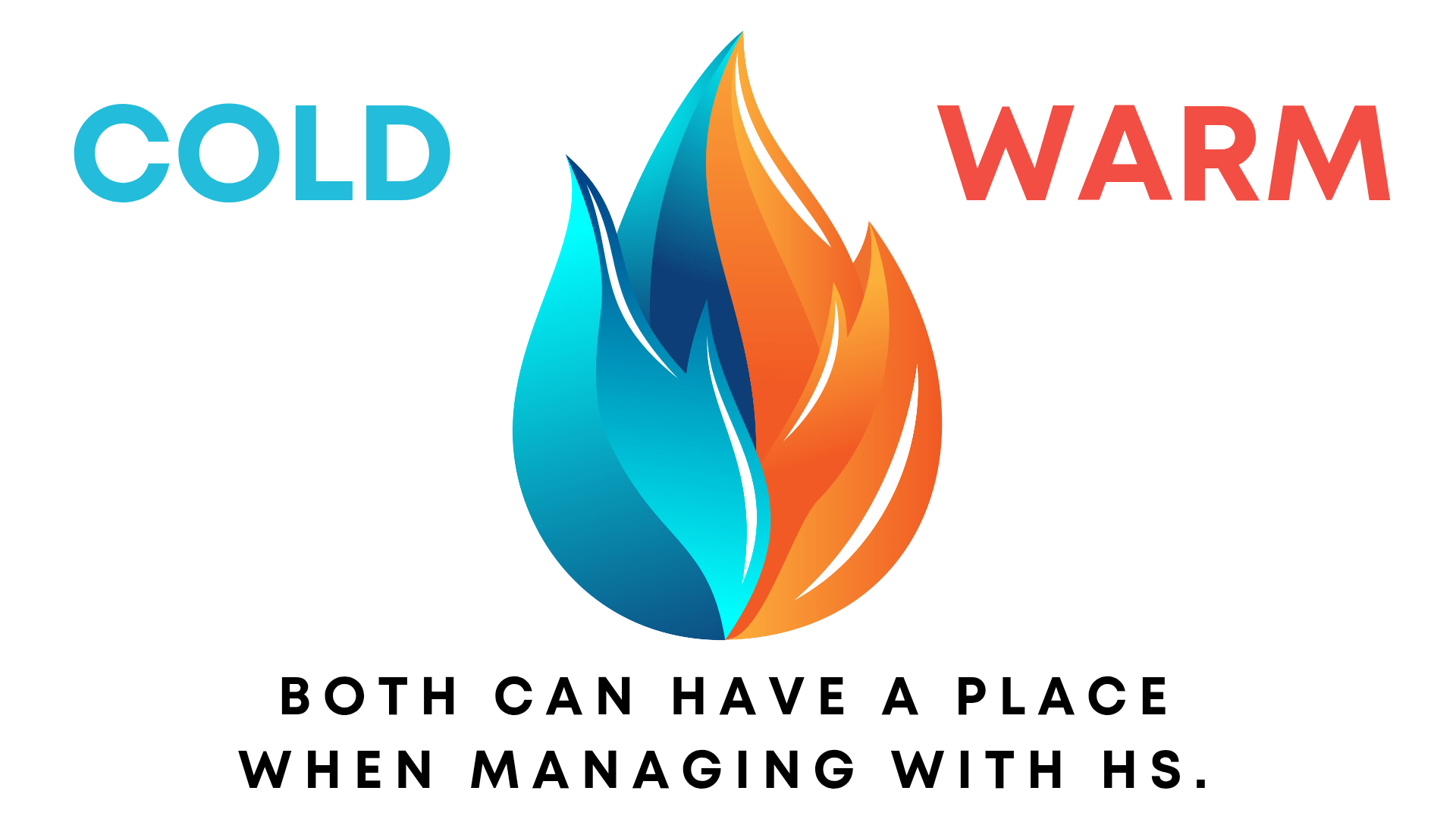
So when it comes to HS, is cold or heat more effective? Both cold packs and warm compresses can have a place when managing HS areas, wounds, pain, and itching.
Please be sure to take note of the safety cautions mentioned in this article.
Ice packs
These are best to be used, particularly during painful flare-ups. HS causes inflammation, and during flare-ups, our abscesses become inflamed, so reducing inflammation can help. Applying ice to the area of a skin trauma, like an HS lump or abscess, can have beneficial effects. Cold constricts the blood vessels and inflammatory markers to the area. It has the potential to alleviate both swelling and pain. It can have the additional effect of numbing the area, which can decrease pain and tenderness. In addition, ice can be beneficial for HS nerve pain. While ice may not heal your HS, it can help alleviate the symptoms.
Some pack suggestions:
- Bag of frozen veggies
- Small zip lock baggie of ice
- Soft gel ice pack
- Frozen water bottle
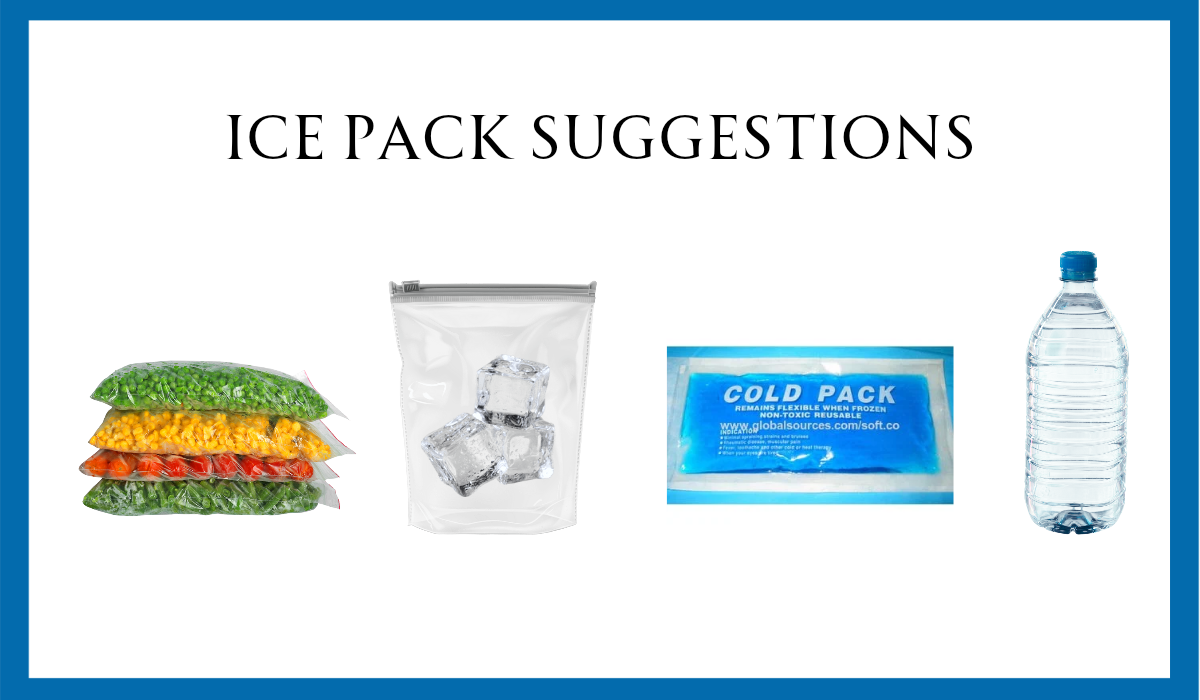
How to use
Wash hands
Wrap the ice pack in a clean towel or cloth
Place on the affected area
Apply ice for 10-20 at a time - You can do this on and off a few times a day
A little discomfort is normal, but if you feel increased, prolonged pain you should discontinue. IMPORTANT: Do not apply ice directly to an abscess, wound, or skin. Always use a cloth or towel as a protective barrier. To promote proper healing, it is important to use ice in moderation.
Moist heat compresses
The use of moist heat (semi-hot to warm) can soften the skin and promote drainage when an abscess is close to draining. The heat can dilate blood vessels, which can increase blood flow to the affected area. This brings more oxygen and nutrients to damaged tissue, which helps it heal. In addition, moisture can assist in the healing process by making it more difficult for scabs to develop. Scabs can impede the healing process and the formation of new skin tissue.
It’s important to avoid excessive heat or too much moisture on your compress (semi moistening is sufficient). You want a temperature that is warm, but not overly hot.
A few suggestions for compress items:
- Wash Cloth / Face-Cloth
- Paper Towels / Kitchen Rolls
- Tea Bags (unused)
- As long as it’s clean, anything along these lines will do
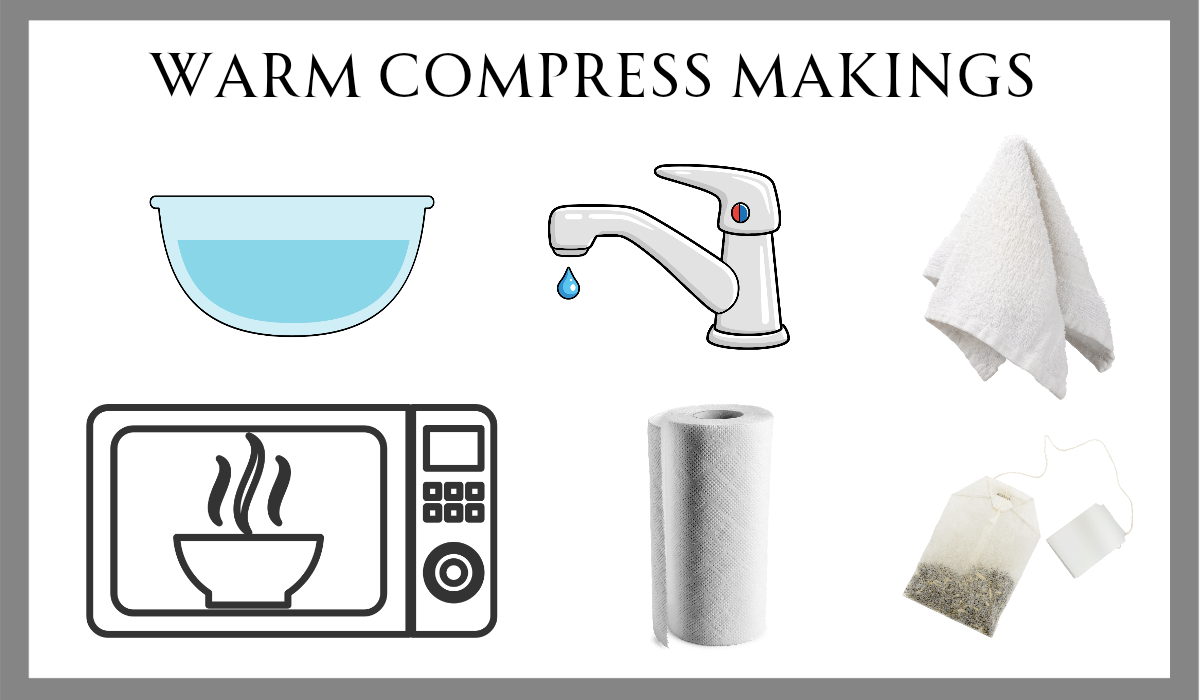
Quick methods to heat up your water
Moisten your item, put it on a clean plate and place it in the microwave for 60 seconds (eradicate waterborne bacteria) and remove carefully.
Place a bowl of water in the microwave for about 60 seconds and remove carefully. Then place your item in the heated water and wring out when it cools down a bit.
Run your item under hot tap water, then squeeze the excess water out. *This method will not eradicate waterborne bacteria.
If you don’t have a reliable filtration system or access to distilled water and, in order to maintain safety, please follow the 60-second heat-up guideline to eliminate waterborne bacteria and biofilm. Use caution when preparing your moist packs. You do not want to burn yourself, especially when removing items from the microwave. And allow your compress to cool until it reaches a warm temperature.
How to Apply
Start by washing your hands to ensure cleanliness before applying the compress.
Choose a comfortable position to sit or lie down, then place the compress on the targeted area for at least 20 minutes, even if it cools down; you can repeat this several times a day as needed.
Consider alternating between ice packs and warm compresses to enhance the treatment process.
Please Take Note
Dry heat, such as heating pads or hand warmers, should be avoided for Hidradenitis Suppurativa. This type of heat can cause inflammation, resulting in more pain, particularly in cases of inflammatory conditions like HS. It can also prolong the healing process of wounds.
While both cold packs and warm compresses have their place, they may not be effective for every situation or person. In certain cases, it might be best to not use them at all. If you notice any worsening when using either, avoid using. At least in that specific region. It’s important to note that not every treatment regimen works for everyone, and occasionally it’s best to refrain from disturbing the area to prevent exacerbation.
Bonus content
It can be difficult to keep your warm compresses at the ideal temperature. To ensure they stay warm, consider these helpful tips (these products should be used with one of the suggested pack/compress items above).
- Heating Pads (that are filled with microwavable corn or rice)
- Small Microwaveable Heating Pad
- Rubber Hot Water Bottle
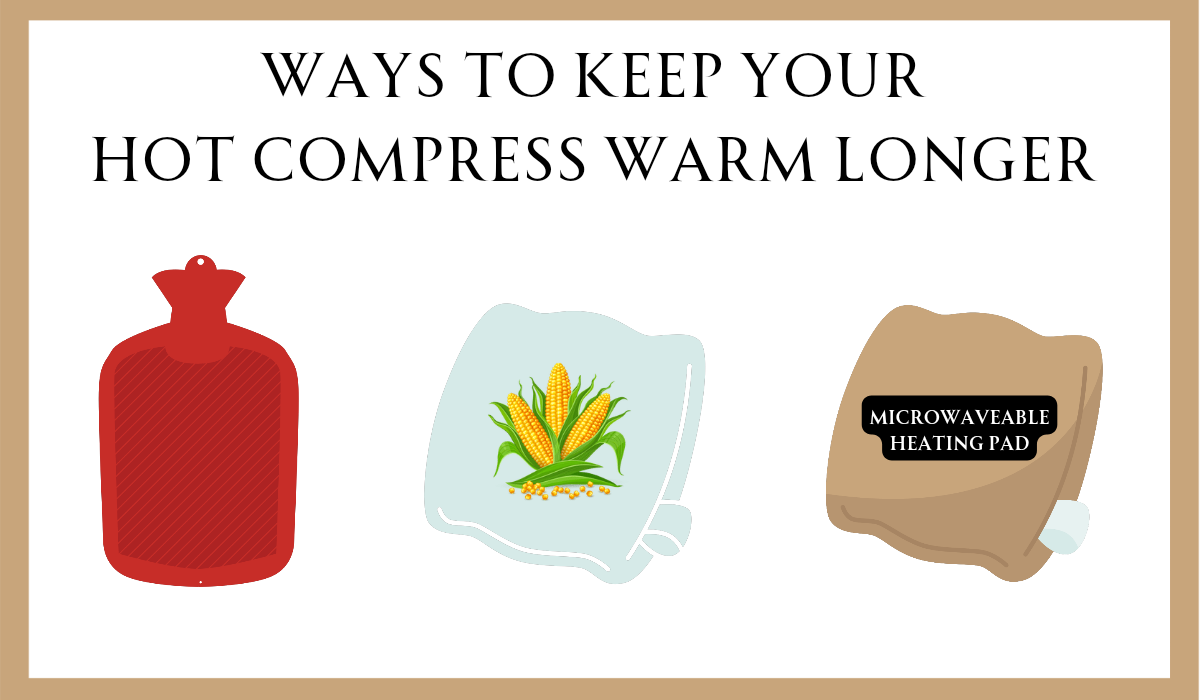
If you prefer, you can add a little Sea Salt, Epsom Salt, Apple Cider Vinegar, Witch Hazel, Basil, etc. to your warm water.
Bread and milk packs (compresses): Combine 1 tbsp of milk and a half a slice of bread mix to create a paste. Microwave for a few seconds until warm. Apply it to the desired HS area using gauze or a paper towel and leave it on for 10 to 15 minutes. If needed, don’t hesitate to repeat several times each day. You can use adhesive tape or a bandage if necessary for securing in place.
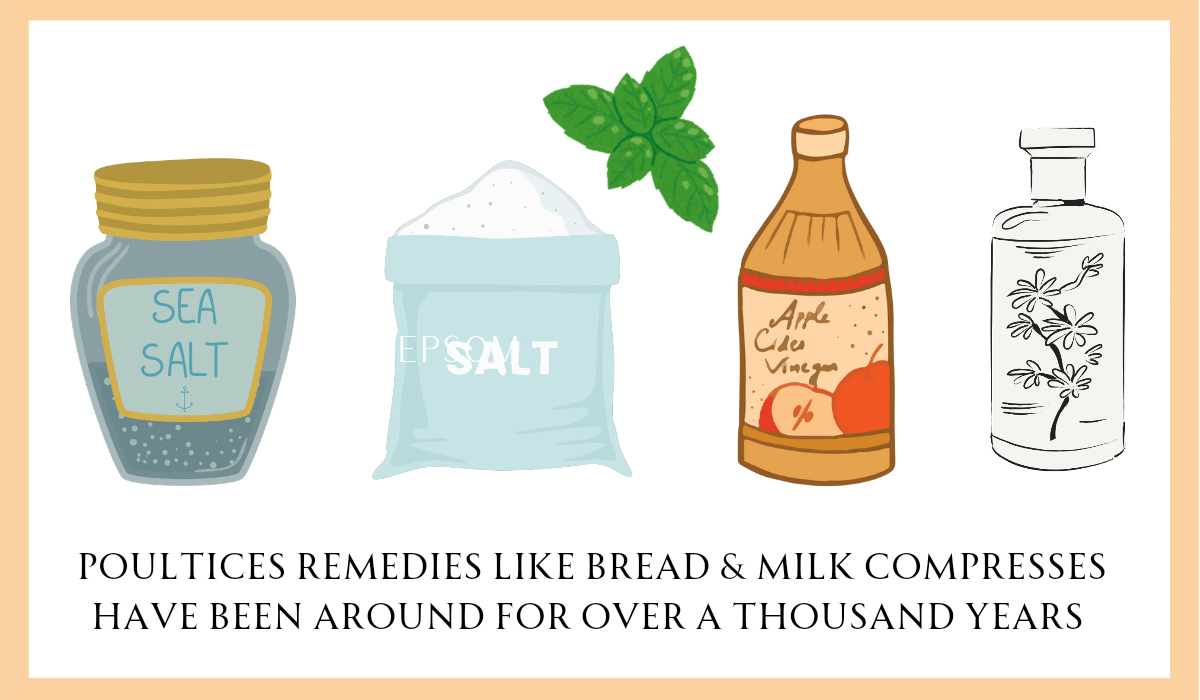
It’s important to remember to avoid touching, pushing, popping, or squeezing HS abscesses or affected areas.
Don’t forget, moderation is key. The purpose of these regimens is to control symptoms and/or provide pain relief.
RECAP
Using ice / cold packs is best to be used during painful flare-ups and can help reduce inflammation.
Moist heat can soften the skin and promote drainage when an abscess is close to draining.
Dry heat should be avoided for inflammatory conditions like HS. This type of heat can cause inflammation, resulting in more pain.
Not every treatment regimen works for everyone.
Moderation is key.
Special Note: Researched, compiled, and written by Denise Fixsen. This information is backed by my 46 years of living with Hidradenitis Suppurativa, 10 years of dealing with multiple chronic illnesses, 36 years of advocacy, and continuous education. And to ensure accuracy, reliability, and trustworthiness, I incorporate peer-reviewed studies and other high-quality sources into my articles and material. I also wanted to inform you that I’ve chosen to end my collaboration with editors on my articles. Although there may be grammar errors due to brain illnesses (mostly), with this said, my content remains reliable, factual, and solid. With genuine TLC.
IMPORTANT - I do NOT give the Hidradenitis Suppurativa (HS) "non-profit" organization (name can be provided by request), or ANY of their affiliates permission to use my materials, ideas, experiences, or collected study information for ANY of their needs and/or used on their website, or on their social media platform (s). Disclaimers of the plagiarism are noted on some of my material. All other material will be listed in future blogging.I do NOT approve of the use of this material. It is only acceptable if it comes directly from me, fixsensadnessforhs.com, or via my social media platforms.
Medical Disclaimer: This content is solely for information, education, and support. The purpose is not to serve as a replacement for professional medical advice, diagnosis, or treatments. FDA Disclaimer: any materials mentioning treatments, procedures, supplements, etc., have not been evaluated by the FDA and are not intended for diagnosing, treating, curing, or preventing any disease or health condition.
Sources: PMCID: PMC8173427, PMCID: PMC5339266, PMCID: PMC 5384502, DOI: 10.1056/NEJMra202391, nhs.uk, Irish Times Archives, Strut Health, University of California, Berkeley, https://www.ars.usda.gov, doi.org/10.1016/j.jen.2020.02.017, PMCID: PMC10353709
Article posted on 09-04-2024
